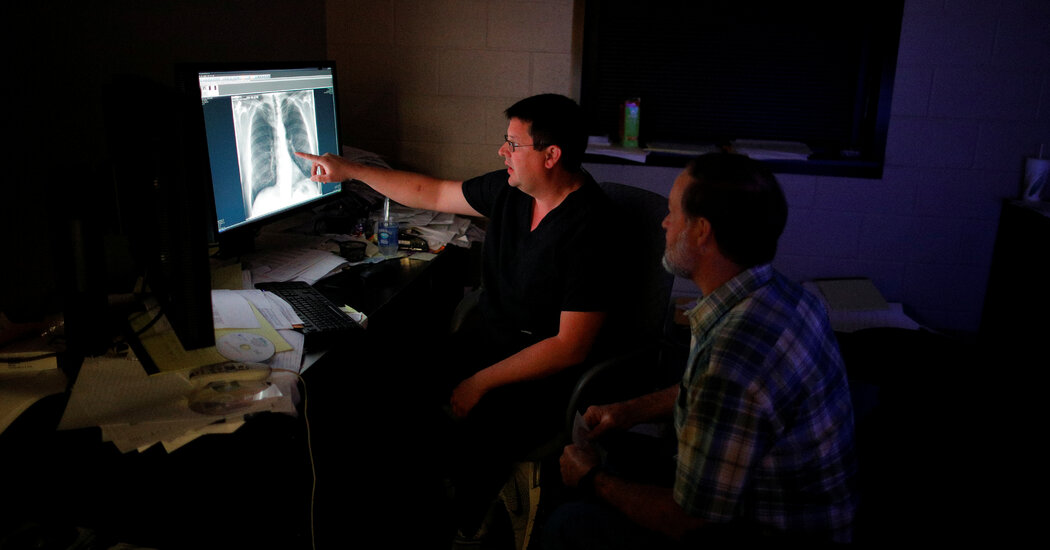
Federal regulators on Tuesday issued new protections for miners against a type of dust long known to cause deadly lung ailments — changes recommended by government researchers a half-century ago.
Mining companies will have to limit concentrations of airborne silica, a mineral commonly found in rock that can be lethal when ground up and inhaled. The new requirements affect more than 250,000 miners extracting coal, a variety of metals, and minerals used in products like cement and smartphones. Tuesday’s announcement is the culmination of a tortuous regulatory process that has spanned four presidential administrations.
Miners have paid dearly for the delay. As progress on the rule stalled, government researchers documented with growing alarm a resurgence of severe black lung afflicting younger coal miners, and studies implicated poorly controlled silica as the likely cause.
“It should shock the conscience to know that there’s people in this country that do incredibly hard work that we all benefit from that are already disabled before they reach the age of 40,” said Chris Williamson, head of the Mine Safety and Health Administration, which issued the rule. “We knew that the existing standard was not protective enough.”
The new requirements were announced by Acting Secretary of Labor Julie Su at an event in Pennsylvania Tuesday morning. They come eight years after a sister agency, the Occupational Safety and Health Administration, issued similar protections for workers in other industries, such as construction, countertop manufacturing and fracking.
Both mine safety advocates and industry groups generally support the rule’s central change: halving the allowed concentration of silica dust. But their views on the rule, proposed last July, diverge sharply over enforcement, with mining trade groups arguing that the requirements are unnecessarily broad and costly, and miners’ advocates cautioning that companies are largely left to police themselves.
